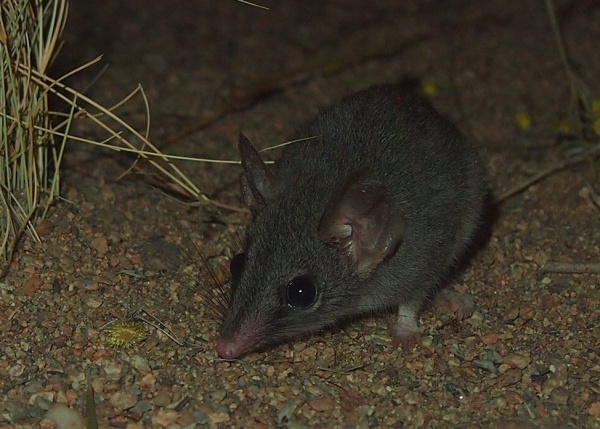Facts About Red-tailed Phascogale, Wambenger
The red-tailed phascogale, also known as the red-tailed wambenger or red-tailed mousesack, is a small, carnivorous marsupial indigenous to central and western Australia. It is closely related to the brush-tailed phascogale but is smaller in size with a browner coat. First described by naturalist John Gould in 1844, this species is one of three within the phascogale genus.
One of the most fascinating aspects of red-tailed phascogales is their mating behavior. Males perish after their first mating season due to stress-induced diseases, while females can live up to three years in the wild. Their diet is quite diverse, encompassing insects, spiders, small birds, and even mammals such as house mice. Interestingly, they do not drink water directly; they derive all their hydration from their food.
These marsupials favor habitats with dense vegetation, particularly those containing specific plants like Wandoo and rock sheoak. They exhibit a unique resistance to fluoroacetate, a compound lethal to livestock, which has contributed to their survival in certain areas. Conservation efforts have been fruitful, with recent reintroductions into sanctuaries and wildlife parks.
The red-tailed phascogale is listed as Near Threatened by the IUCN Red List and as Endangered under Australia's EPBC Act. They are also utilized in scientific research, particularly in studies of thermoregulation, nutrition, and immune system development. Their serum possesses antimicrobial properties, and they express various immune-related genes and receptors.
